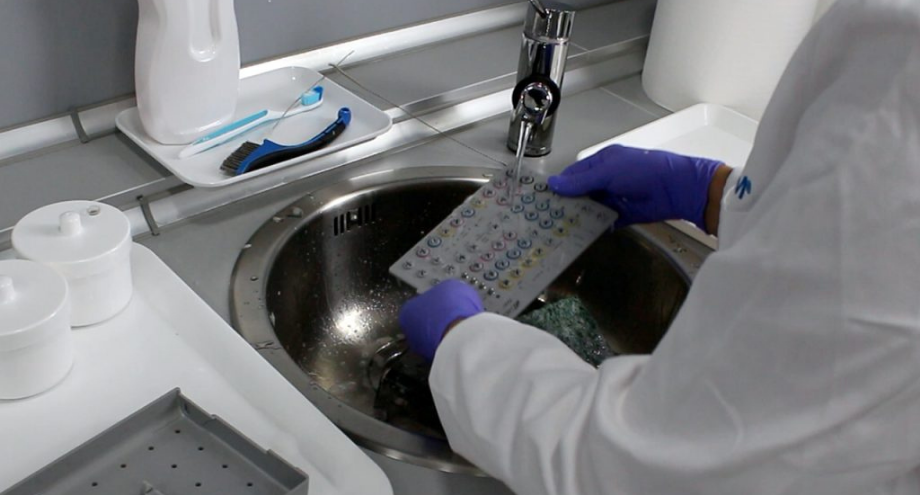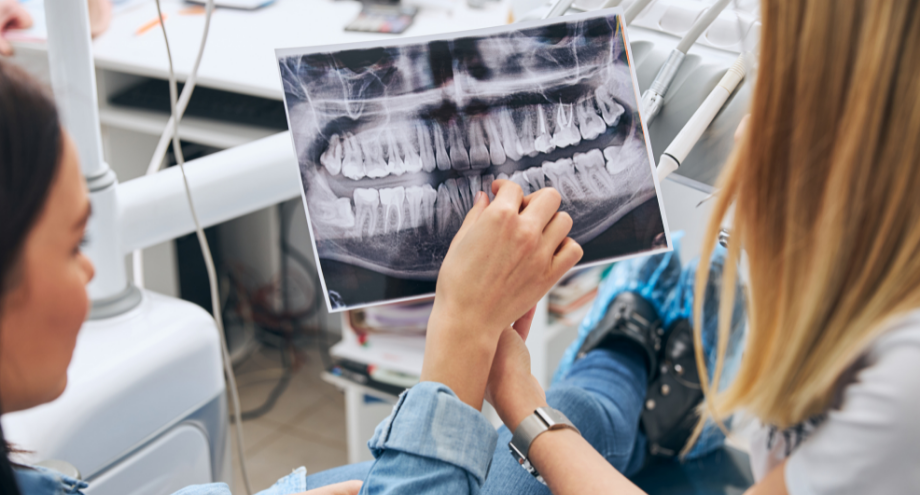After a surgical procedure, it is common to experience certain reactions. Dental implant surgery is not an exception, and although some of these reactions are predictable, prognostic and simple to treat (pain or inflammation in the surgical area, for example), there are others that can compromise the outcome of the treatment, such as implant rejection due to an allergic reaction.
To reduce the possibility of this kind of reaction, the material used in oral implantology par excellence is the titanium, as its biocompatibility favours osseointegration and increases the success rate of the treatments.
Titanium allergy: what causes it and how it occurs
In most cases, it is not the titanium itself that is responsible for the allergic reaction, but small amounts of other materials (beryllium, cobalt, chromium, nickel, copper, palladium or iron) present in titanium.
When the allergy is not diagnosed, this reaction is difficult to detect, as the implant is immersed in the bone and generally isolated from it by a hydroxyapatite layer. The part that comes into contact with the peri-implant sulcus or the oral mucosa is passivated by a salivary glycoprotein barrier, and the oral mucosa is much more resistant to antigenic stimuli than the skin.
On the other hand, we can watch out for symptoms such as dermatitis, urticaria, erythema, vasculitis, swelling or pain. The allergic reaction may also lead to bone loss, specific immune suppression (Hallab, 2001) or chronic fatigue syndrome (Stejskall, 1998).
Whatever the symptoms may be, they diminish markedly in most patients after removal of the metal allergy-inducing agents. However, it is better to know the allergy in advance whenever possible, so that the practitioner can look for an alternative before starting treatment, thus avoiding subjecting the patient to possible rejection.
How to detect titanium allergy
The MELISA test (Memory Lynfocyte Immunostimulation Assay) is the only scientifically validated test to detect any metal allergy. Using a blood sample, hypersensitivity to metals and other allergens is measured, indicating the metal(s) that cause the allergy and measuring the severity of the reaction according to a Stimulation Index (SI).
Chronic exposure to metals (jewellery, dental implants or restorations, cosmetics, orthopaedic prostheses and even coins) can sensitise genetically predisposed individuals and induce the so-called type IV hypersensitivity reaction, or delayed hypersensitivity, which involves an increase in the cellular activity of T lymphocytes (white blood cells) to environmental antigens, leading to an increased release of the pro-inflammatory mediators responsible for the symptomatology.
Therefore, people who have dental fillings with amalgam, dental implants, bridges, metal prostheses, plates or screws from trauma surgeries, tattoos or piercings and present diffuse health disorders not related to a classical syndrome, may suspect metal allergy and may justify the request for a MELISA test.




